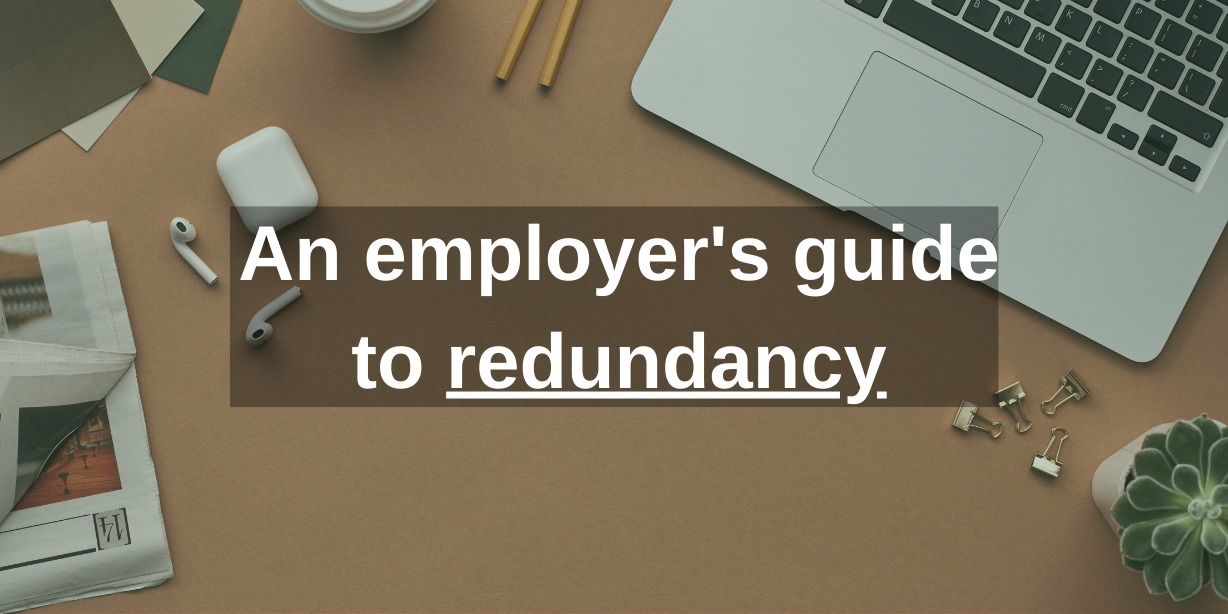What is redundancy?
Generally, an employee is redundant where their role is surplus to requirements. More specifically redundancy is defined in section 139 Employment Rights Act 1996 as either:
- Where the employer intends to or has stopped trading; or
- Where the work that the employee is employed to do either stops or reduces; or
- Where the work that the employee is employed to do either stops or reduces in the place that the employee was employed to do it.
Alternative to redundancies can be considered, read more about alternatives to redundancy here.
Types of redundancies
Voluntary redundancy
Voluntary redundancy is one where an employee agrees to be made redundant. Usually, after an announcement meeting, they make an application for redundancy to avoid facing a consultation process. It does not automatically entitle the employee to an enhanced redundancy payment but it can be offered.
Compulsory redundancy
A compulsory redundancy is usually one made against the employee’s will. It should be made following a consultation where no viable options for redundancy have been suggested.
The maximum redundancy cost
Redundancy can be costly for businesses. Pay is based on a sliding scale depending upon age and length of service; redundancy can cost up to £17,130 per employee and a proper redundancy process needs to be followed, taking time and expertise.
The redundancy process
The exact redundancy process depends on the circumstances. The redundancy processes are:
- Stand-alone redundancy (where you intend to make 1 person who is in a stand-alone role redundant)
- Group redundancy (where you intend to score and select between colleagues who carry out the same or similar work)
- Collective consultation (where you intend to dismiss more than 20 employees as redundant at one establishment within 90 days or less).
In overview, every redundancy process will include at least:
- an announcement meeting explaining the need for redundancy; and
- a compliant invitation to first consultation; and
- a second consultation; and
- and an outcome.
These are the minimum steps that an employer must complete but there are additional steps for Group redundancies and collective consultation (including submitting a HR1 form to the Insolvency Service – even if the employer is not insolvent).
The exact process an employer should follow will vary from case to case, we need to consider how to evidence the need for redundancy, the number of employees put at risk of redundancy and whether representatives should be appointed, the possibility of pooling and scoring employees against each other if they do the same or substantially similar roles, and in some cases additional meetings.
Our redundancy How to Guides will provide you with guidance and support in determining the correct process but our lawyers remain on hand to help you with this.
You should always seek advice prior to undertaking formal procedures. Redundancy is still a dismissal and failing to properly carry out the process can lead to unfair dismissal claims in the employment tribunals.
We can help you ensure that your business is protected against making a redundancy. We offer 24/7, 365 guidance providing stress-free, pragmatic solutions to your problems. Our mission is to help you concentrate on what you do best – running your business.
Protecting your business will always be our main priority.






